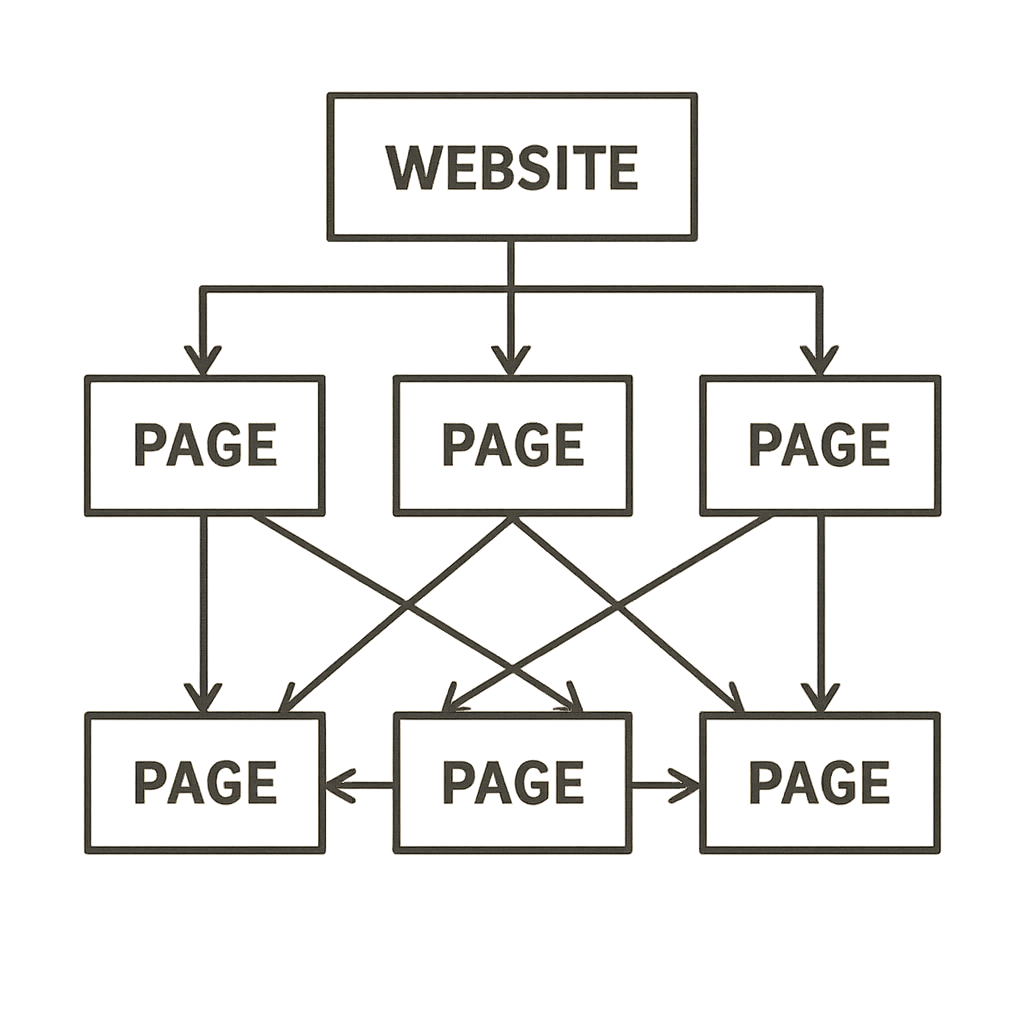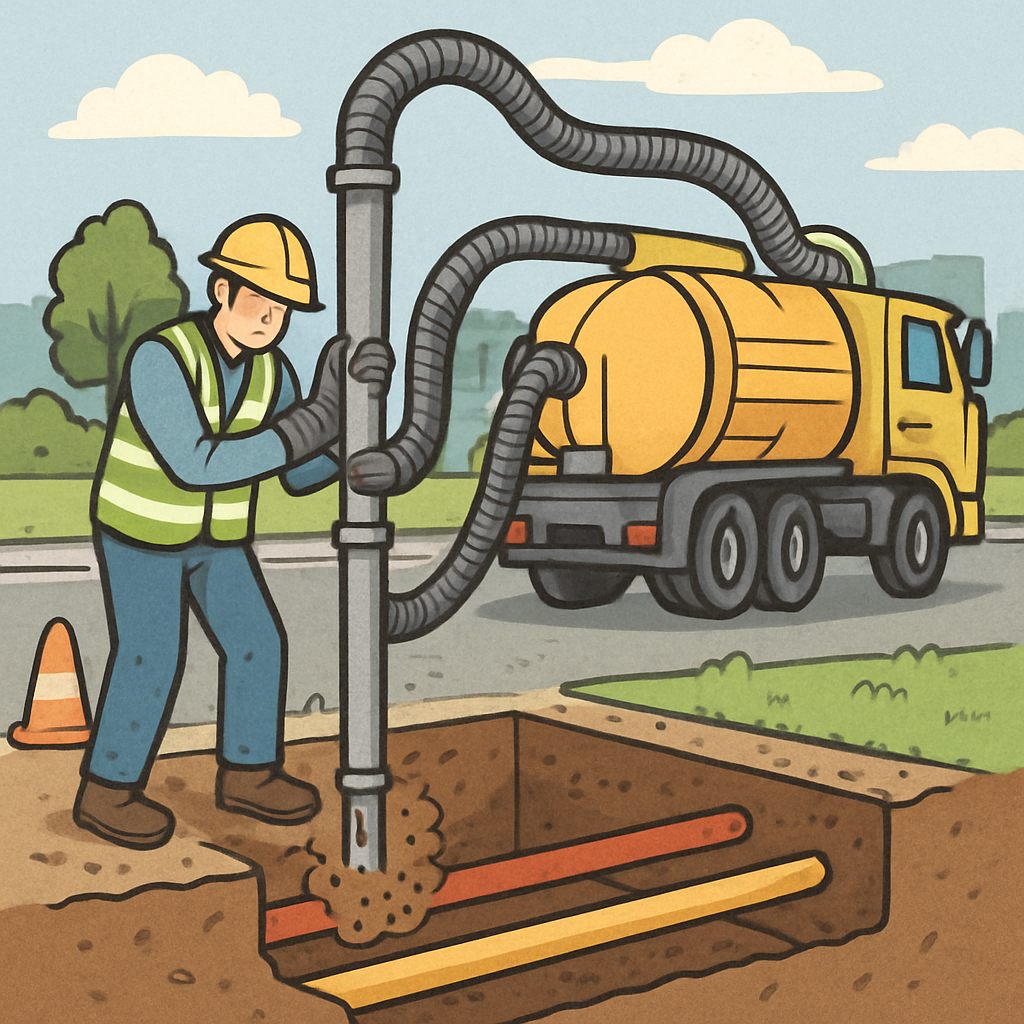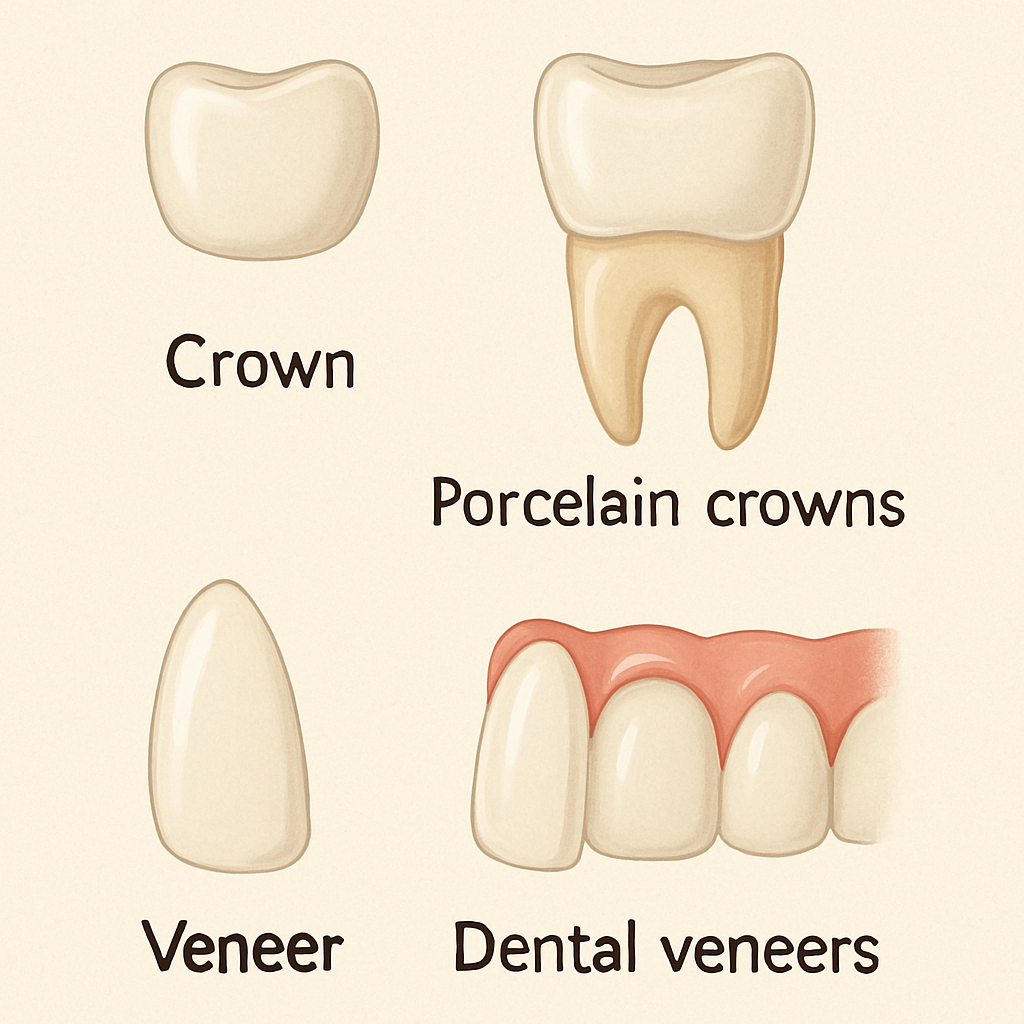Disability housing, a critical component of the broader disability support system, plays an essential role in empowering individuals with disabilities to lead fulfilling lives.
In this comprehensive article, we will explore the world of disability housing, its historical context, its importance, the different types of housing options available, and the ongoing efforts to create inclusive and accessible living environments.
A Historical Perspective
The history of disability housing is a reflection of society’s evolving attitudes and approaches towards people with disabilities. For much of human history, individuals with disabilities were often marginalized, institutionalized, or hidden from the public eye. Disability housing, if it existed, was often characterized by overcrowded and inhumane conditions.
However, the disability rights movement of the 20th century began to challenge these norms. Advocates fought for the rights of individuals with disabilities to live in integrated and community-based settings, leading to significant shifts in policy and practice.
The Importance of Disability Housing
Empowerment and Independence
Disability housing is crucial because it provides individuals with disabilities the opportunity to live independently and make choices about their daily lives. It offers them a sense of empowerment and autonomy that was historically denied to them.
Improved Quality of Life
A safe and accessible living environment is fundamental to a high quality of life. Disability housing ensures that residents have the necessary accommodations and support to thrive in their homes.
Inclusion and Community Integration
Community-based disability housing promotes social inclusion and integration. It allows individuals to be active participants in their communities, fostering meaningful relationships and reducing social isolation.
Types of Disability Housing
There is a wide range of disability housing options available to meet the diverse needs of individuals with disabilities:
Group Homes
Group homes are shared living arrangements where a small group of individuals with disabilities live together, often with support staff. These homes offer a balance between independence and assistance.
Supported Independent Living (SIL)
SIL arrangements provide individuals with disabilities the opportunity to live in their own homes or apartments with varying levels of support based on their needs. This option promotes maximum independence.
Specialist Disability Accommodation (SDA)
SDA is specialized housing designed for individuals with high support needs. It offers tailored features such as modified bathrooms, ramps, and assistive technology to ensure residents can live comfortably and safely.
Inclusive Housing
Inclusive housing is designed with universal accessibility in mind, ensuring that individuals of all abilities can live together in the same community.
Challenges and Future Directions
Despite the progress made in disability housing, challenges persist. These include funding limitations, a shortage of accessible housing, and the need for ongoing advocacy to ensure that housing options meet the evolving needs of individuals with disabilities.
The future of disability housing is promising, with a growing emphasis on person-centered planning and individualized support. Innovations in technology, such as smart home features and assistive devices, are also enhancing the independence and safety of residents.
Conclusion
Disability housing is not merely about providing shelter; it’s about creating environments that empower individuals with disabilities to lead meaningful lives. As society continues to embrace the principles of inclusivity and accessibility, the landscape of disability housing will evolve, ensuring that everyone has the opportunity to live with dignity and independence. Disability housing is not just a place to live; it’s a pathway to a more inclusive and equitable future.







